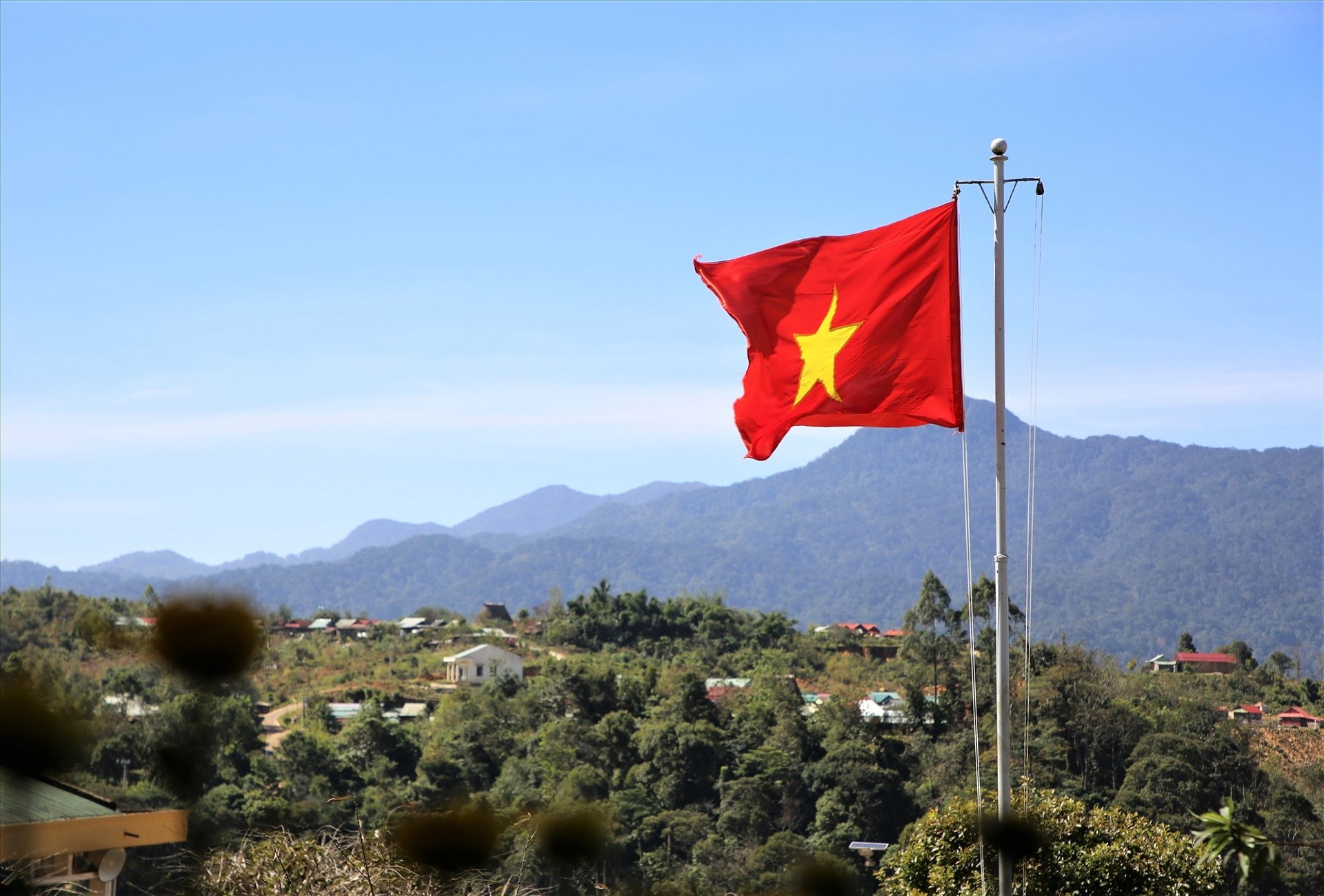Vietnam’s agro-forestry-fishery trade reached an estimated US$57 billion in the first half of 2025, with exports contributing US$33.5 billion, reflecting a year-on-year increase of 14.3%, according to the Ministry of Agriculture and Environment (MAE). Imports for the same period rose by 12.8%, totalling US$23.5 billion.

The ministry acknowledged that 2025 continues to present significant global economic and political volatility. In particular, recent changes in US tariff policy have exerted a notable impact on Vietnam’s agricultural export sectors. Despite these challenges, the MAE remains committed to achieving its annual export target of US$65 billion by the end of the year.
To meet this goal, the ministry has outlined specific growth scenarios and quarterly objectives. It aims to reach between US$14 billion and US$15 billion in exports during the third quarter of 2025. For the final quarter, it plans to leverage seasonal demand during the year-end holidays, setting an ambitious target of at least US$16 billion in exports.
Vietnam’s key export products—coffee, tea, pepper, cashew nuts, rubber, and livestock—are expected to maintain strong momentum and play a critical role in achieving the national export target.
The coffee sector in particular has shown exceptional performance in the first half of 2025, with export earnings estimated at US$5.5 billion, already equalling its annual target. Despite limited supply in the second half of the year due to the main harvest season falling between December and April, the industry is on track to reach a projected US$7.5 billion by year-end. This would represent a 36.9% increase compared to 2024.
To sustain growth, Vietnamese coffee exporters are intensifying efforts to expand into new markets, particularly within the European Union, where interest in strengthening trade relations with Asia and the Middle East is growing. Exporters are also targeting major robusta-consuming markets including China, Japan, South Korea, the Philippines and Thailand.
In the long term, north-east Asia is identified as a strategically important region that could offset any potential decline in market share in the United States.
Meanwhile, the cashew sector has set a modest but positive export goal of US$4.5 billion for 2025, up 2.7% from the previous year. To meet this objective, the industry aims to consolidate its presence in traditional markets such as the United States and China, while expanding into high-potential markets with currently low penetration. The Middle East, particularly the United Arab Emirates and Saudi Arabia, has been identified as a priority for trade promotion and strategic realignment.
The MAE’s focus remains on proactive policy adjustments and market diversification to navigate global uncertainties while sustaining export growth across the agricultural sector.
-Viet Nam News






